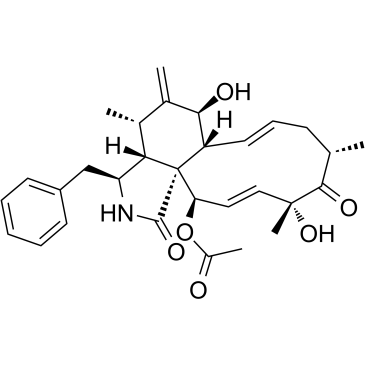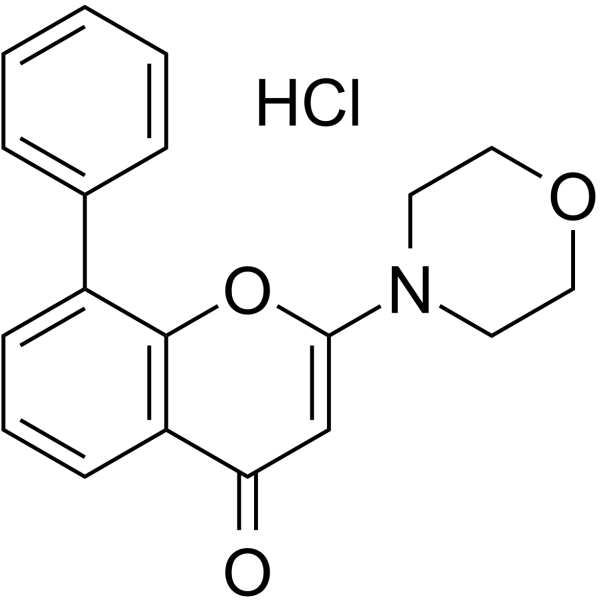| Structure | Name/CAS No. | Articles |
|---|---|---|
 |
chromium
CAS:7440-47-3 |
|
 |
BAY 11-7082
CAS:19542-67-7 |
|
 |
Lygosporin A
CAS:22144-77-0 |
|
 |
LY-294,002 hydrochloride
CAS:934389-88-5 |